UKCA Mark
December 5, 2023 | Written by GreenSoft Technology, Inc.
Clarification on the usage of the CE Mark in the United Kingdom
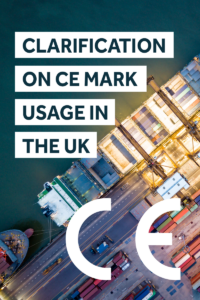 Despite announcement of indefinite recognition of CE Mark, many manufacturers face UKCA Marking requirements for products sold in the United Kingdom
Despite announcement of indefinite recognition of CE Mark, many manufacturers face UKCA Marking requirements for products sold in the United Kingdom
As previously reported, on August 1 the UK Department for Business and Trade (DBT) announced it would indefinitely recognize use of the CE Mark for products sold in the United Kingdom. Previously, affected companies had until December 31, 2024 to transition to usage of the UK Conformity Assessed (UKCA) mark.
However, this decision by the UK DBT only affects products that fall under one of the 18 regulations in the UK DBT regulatory scope, listed here.
Under the current requirements, products falling in scope of other UKCA regulations which are not administered by DBT, such as the UK RoHS Regulation, would still need to apply the UKCA Mark in order to be sold in the UK market after December 31, 2024. This also applies to products which fall in scope of a referenced UK DBT regulation and one or more UKCA regulation(s) administered by other UK agencies. For example, a device which is in scope for both the UK EMC regulation and the UK RoHS regulation would require UKCA marking, because while the UK EMC directive is included in the indefinite CE Mark acceptance announcement, the UK RoHS regulation is not.
The UK Department for Environment Food and Rural Affairs (DEFRA), which administers the UK RoHS regulation, as well as other UK regulatory bodies, have not changed their existing rules requiring the UKCA Mark. Products that must comply with the UK RoHS regulation currently have an obligation to display the UKCA Mark by the December 31, 2024 deadline.
Industry insiders expect that DEFRA may make an announcement harmonizing the UK RoHS regulation’s marking requirements with the UK DBT announcement, and thereby also recognizing the CE Mark indefinitely going forward. However, no such announcement has been made yet, and no expected timeframe for such an announcement has been provided. Until such an announcement is made, companies affected by the UK RoHS regulation must continue to adhere to the existing UKCA Marking rules and the upcoming December 31, 2024 deadline for compliance.
GreenSoft Technology helps with UK regulations and data collection
With the scopes and deadlines of rules such as the UK RoHS regulation and the UKCA Mark requirements continually changing, it can be difficult for manufacturers to keep up. As part of our Data Services, GreenSoft Technology monitors regulations and keeps you up-to-date on changes that affect your company.
Our data team will collect and validate data from your supply chain which can be used to ensure your compliance with UK RoHS and other regulations, and help with aspects of the CE marking and UKCA marking requirements. Contact us to learn more.

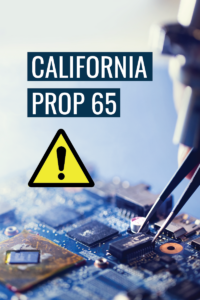 Rulemaking process restarted to evaluate amendments to short-form warning labels under California Proposition 65
Rulemaking process restarted to evaluate amendments to short-form warning labels under California Proposition 65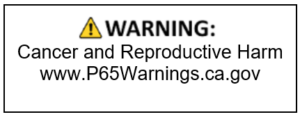

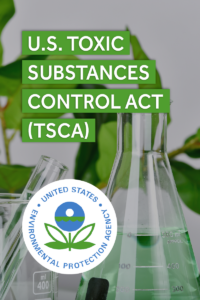 Changes to scope, exclusions, and deadlines regarding the use of PIP (3:1) and decaBDE
Changes to scope, exclusions, and deadlines regarding the use of PIP (3:1) and decaBDE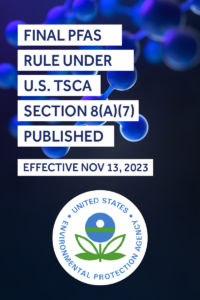 U.S. EPA publishes final rule for PFAS chemicals under TSCA Section 8(a)(7)
U.S. EPA publishes final rule for PFAS chemicals under TSCA Section 8(a)(7)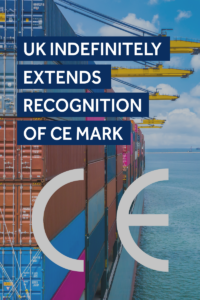 Companies may use either CE Mark or UKCA Mark for products sold in the United Kingdom
Companies may use either CE Mark or UKCA Mark for products sold in the United Kingdom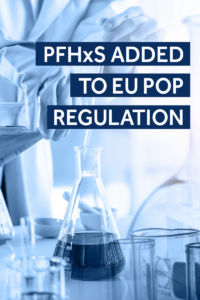 PFHxS officially listed as prohibited substances under EU POP Regulation
PFHxS officially listed as prohibited substances under EU POP Regulation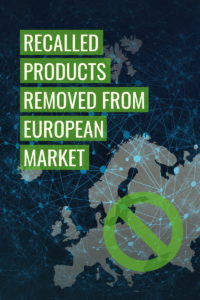 Fifteen products forced to be removed from European market due to EU RoHS violations
Fifteen products forced to be removed from European market due to EU RoHS violations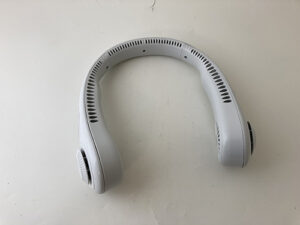 Description:
Description:  Description:
Description:  Description:
Description: 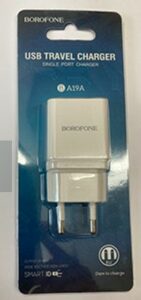 Description:
Description: 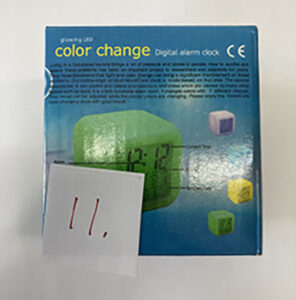 Description:
Description:  Description:
Description:  Description:
Description: 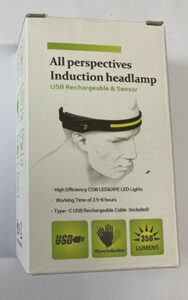 Description:
Description: 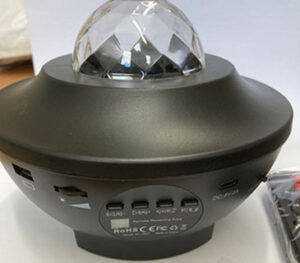 Description:
Description:  Description:
Description: 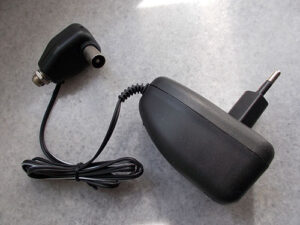 Description:
Description: 
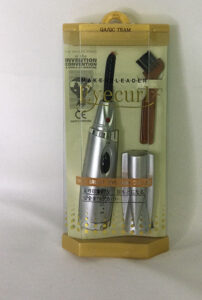 Description:
Description: 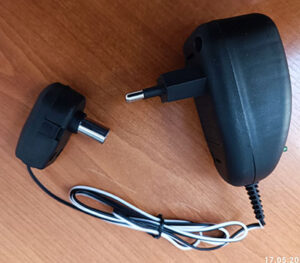 Description:
Description:  Description:
Description: 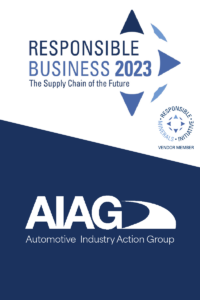 Join GreenSoft Technology at two of the biggest industry events of the year for Electronic Manufacturers
Join GreenSoft Technology at two of the biggest industry events of the year for Electronic Manufacturers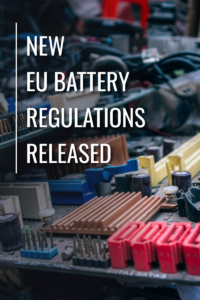 EU Battery Directive repealed and replaced with new EU Battery Regulation
EU Battery Directive repealed and replaced with new EU Battery Regulation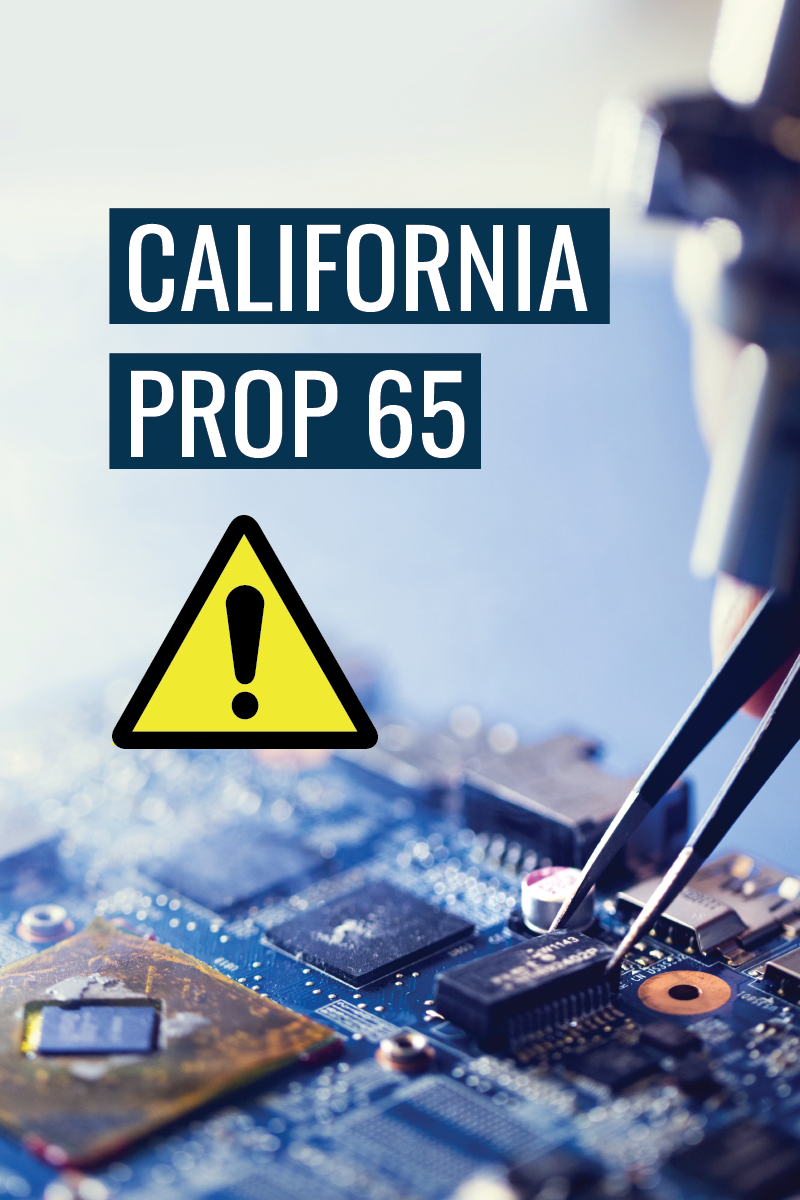 Anthracene and Dimethyl Hydrogen Phosphite added, 2-Bromopropane updated, on the Proposition 65 regulated substances list
Anthracene and Dimethyl Hydrogen Phosphite added, 2-Bromopropane updated, on the Proposition 65 regulated substances list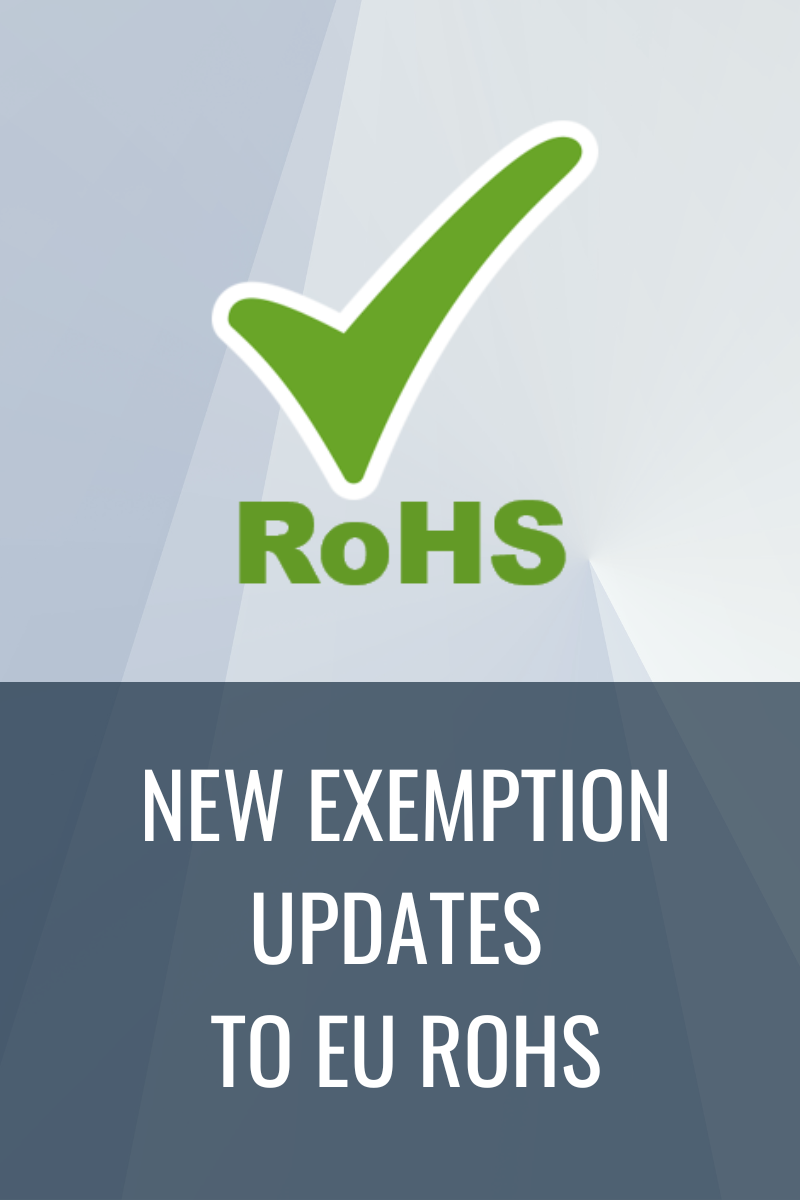 Exemptions for Mercury and Lead added to Annex IV of the EU RoHS Directive
Exemptions for Mercury and Lead added to Annex IV of the EU RoHS Directive GreenSoft Technology analyzed our parts database to identify the most common parts containing Germanium and Gallium
GreenSoft Technology analyzed our parts database to identify the most common parts containing Germanium and Gallium